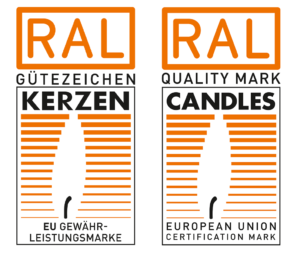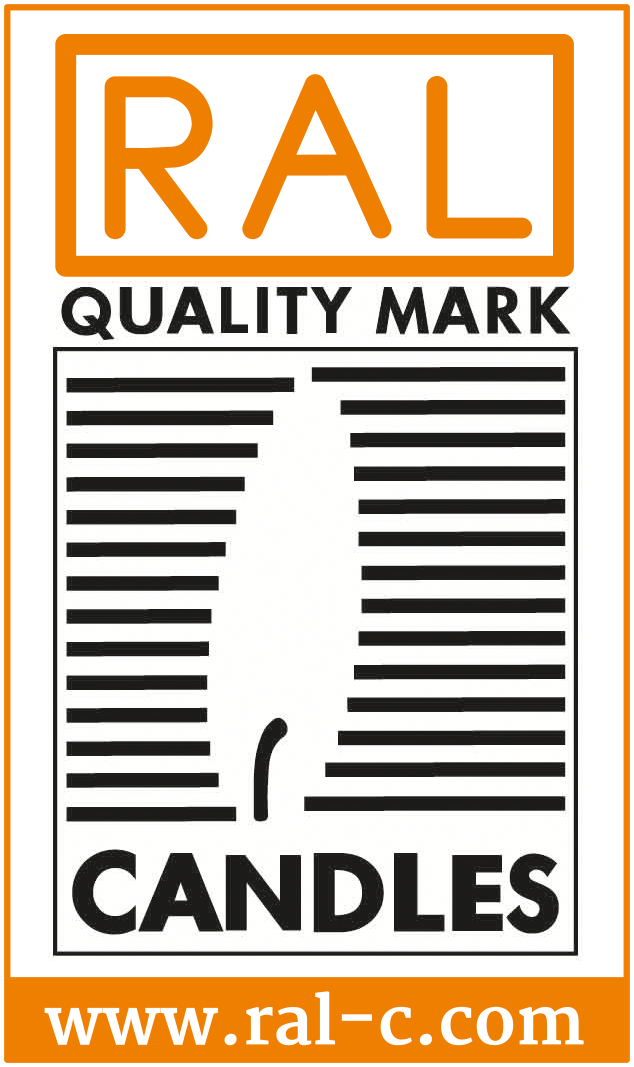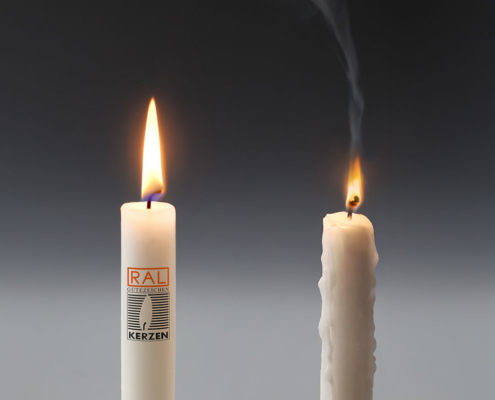Candles: Pay attention to quality
Candles provide atmospheric illumination. By ensuring good quality candles are used, health and the environment are protected.
Raw materials used in candles vary in their properties
Paraffin
In most countries, paraffin is the most important raw material for candle production. It is a by-product in the processing of crude oil. “90 percent of the candles sold in Germany are made of paraffin,” says Wolfgang Reich, Managing Director of the Bavarian Guild of Chandlers. “The quality of paraffin is subject to high standards by the legislative authority,” explains Reich. “It must be practically clinically pure, as it is also used by the medical and cosmetic industries.”
Paraffin imported from the USA or China often does not comply with this purity requirement, Wolfgang Reich emphasises. Since the price of paraffin is tied to the price of oil, candle makers are struggling against steady cost increases.
Stearin
Another raw material used in candles is stearin. It is a fatty acid extracted from palm oil and from animal fats. It can be used to produce firmer and more shape-retaining candles than those made of paraffin. Candle remains can often be disposed of in recycling centres.
Beeswax
Beeswax is a metabolite of the honeybee. It is cleaned and bleached when it reaches the commercial sector. Depending on the intensity of processing, the wax colour can be brown, orange or light yellow, but also ivory or white. The characteristic honey-like smell remains unchanged, the yellow colour of the beeswax comes from pollen. Beeswax is an essential raw material for the production of traditional and high-quality decorative candles, which, however, come at a price. In the case of imported goods, mixing of beeswax with cheap petroleum products cannot be ruled out.
Wick
The wick is preferably woven from cotton. Specific treatment ensures that the candle burns evenly and does not smoulder or produce soot after it has been extinguished.
The RAL quality mark helps the customer decide when buying candles. Products bearing the label of the Quality Association for Candles are low in soot and smoke. In addition, manufacturers have undertaken not to use any pollutant-laden raw materials, paints or varnishes.
A candle with RAL quality mark must burn as shown – not this way!
Handle scented candles with care
Scented candles with the RAL quality mark are subject to strict quality assurance. This guarantees that only those fragrances are used that comply with the legal requirements and recommendations of the International Fragrance Association (IFRA) and are not harmful to health. “Nevertheless, people who suffer from allergies or sensitivity disorders should only burn a scented candle in larger rooms,” advises Monika Pinzel, environmental consultant at Consumer Services Bavaria. It is generally not advisable to burn scented candles for hours on end.
The same recommendation applies, incidentally, to the use of fragrance lamps. Fragrances aside, soot particles are produced during any combustion process. Used appropriately, scented candles are not expected to release soot particles sufficient to endanger health.
This applies to any burning candle.
Quality candles produce little soot and smoke.







